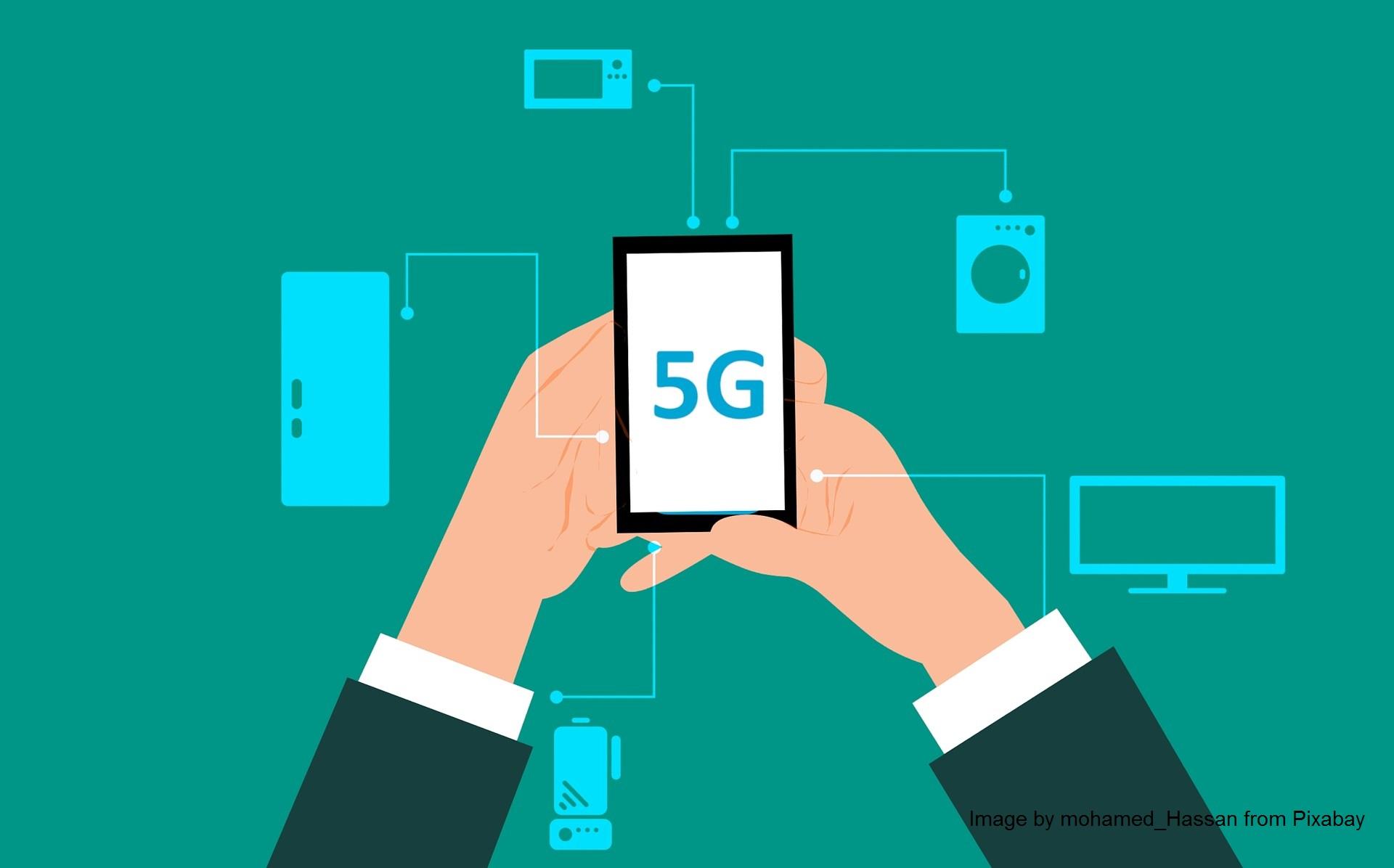5G and smart ports

5G technology has been discussed a lot lately. I doubt there is anyone who hasn’t heard about Internet of Things and all the good it will bring. Soon, refrigerator and microwave oven can be connected via 5G network and chat about IoT in cloud. I never really understood why that is needed, but yet it will be possible with 5G!
Like so often with such a breakthrough technology it is hard to find good use cases and examples in home environment. Talking fridge and microwave oven adds very little value to anyone. But if we move from home environment to something much bigger and much more complex, like port, we can start to see what it is the 5G innovation is actually about.
When 5G technology is assessed in port environment, we can replace refrigerator with container crane and microwave oven becomes and AVG. Now 5G starts to make sense. Mega ports like Rotterdam and Singapore are already using AVG’s to transport containers to/from cranes unloading ships. Andre Wheeler estimates, that 5G technology can cut 12,000 TEU vessel’s berthing time from 4 days to 2 days. [1]
It is well known that world’s largest ports collect extensive amounts of data which they hope will help them to increase efficiency and shortening turnaround times for ships. In mega ports like Singapore or Shanghai 4G is becoming a bottleneck with its limited speed on large data volumes. Where 4G can transmit data with latency of 50 milliseconds, latency for 5G is mere one millisecond which is practically in real time [1]. When data volumes are large enough this real time latency can bring significant improvements to operations. Any mega port can have hundreds of thousands of containers on its premises at any given moment and all of them could be identified and monitored in real time with 5G technology. Data volumes would be enormous. Also, this would bring possibilities for ports to provide fully tailored services to container owners and shippers as real time tracking of all containers in the port’s IT systems would improve trackability and asset usage.
5G could also be implemented on board ships. All containers on board even the biggest container ships could be equipped with sensors monitoring temperature, humidity, vibration in real time. Only sky is the limit on how well every single container on board could be monitored and IoT could take corrective measures immediately it notices reefer container unexpectedly heating or increased humidity in container requiring dry conditions. Real time monitoring of containers would free the seamen to do more productive tasks during voyages. Looking 5G from the port perspective the potential of 5G seems great.
5G technology is still expensive and only accessible by the largest ports with the largest container volumes. Once 5G technology matures and innovations push the technology forward the price will also inevitably be in reach of the smaller ports as well. Then we will see the true potential of 5G network!
[1]: Andre Wheeler: Will 5G change logistics and ports? Accessed 6.1.2020
About Author

Tuomo Keltto
Tuomo Keltto is a logistics engineer who continued his studies in Seoul, South Korea. He studied at the Korean Government scholarship for a Master's degree in international trade and logistics. Now he is back in Finland and he works at Neste in Porvoo. - He has previously been in Steveco Hietanen for three summers as a temporary stevedore and as a foreman for one summer.
